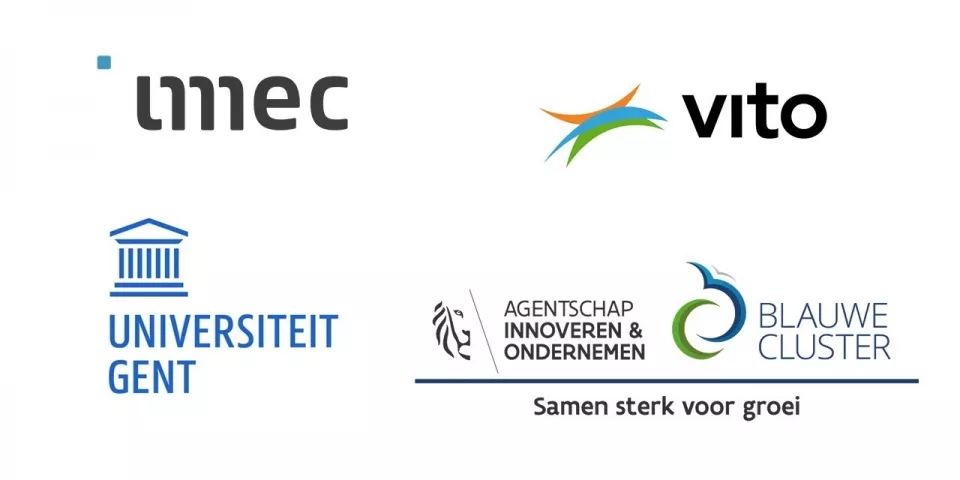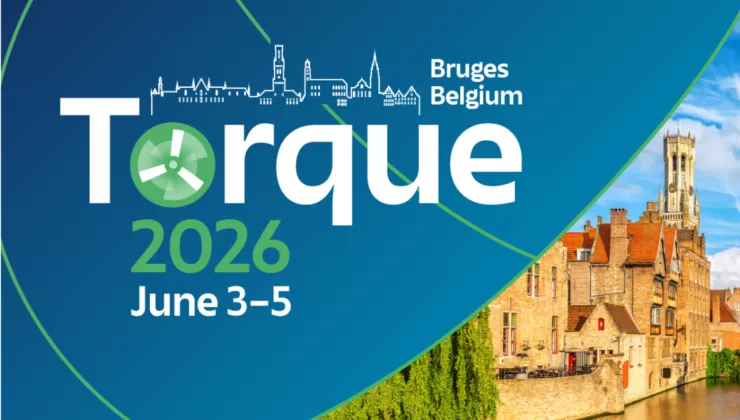H2-MHYTIC project officially launched
Reports regularly appear in the media about the role that hydrogen could play in the energy transition. Hydrogen is often put forward as a potential, non-polluting fuel and energy carrier for sustainably generated energy.
For the production of sustainable hydrogen, regions outside Europe where a lot of renewable energy can be generated are being looked at. These include the Maghreb, the Arabian Peninsula or even Chile.
However, there are still many challenges to overcome to make this possible in practice in a profitable way. The process is already perfectly possible in technical terms, but the cost is still huge. The H2-MHYTIC project is trying to address this.

Context
Conversion into hydrogen is a promising technology to store energy on a large scale. Compared to batteries, the investment cost per kWh is limited, and the storage cost can be decoupled from the conversion capacity. In addition, alternative applications are also possible.
Currently, alkaline electrolysis is a proven technology, but its power density limitations result in a higher investment cost when scaling up further. PEM technology delivers higher power density, but requires an even higher investment cost due to the need for precious metals as electrocatalysts.
The aim of the H2-MHYTIC project is combining the advantages of both methods and eliminating the disadvantages as much as possible. The planned innovations in electrodes and membranes will lower the production cost of hydrogen and make MW-scale electrolysis plants possible
Approach
H2-MHYTIC is committed to developing a new type of electrolysis cell based on a new hydroxyl exchange membrane (HEM), integrating nanomesh electrodes with an extremely high porosity and internal surface area. This electrolysis cell will be manufacturable based on industrially scalable manufacturing techniques.
The proposed HEM technology represents a new paradigm in the production of green hydrogen, with efficiencies of 88% becoming possible. Moreover, it uses sustainable materials, and no precious metals are required for production.

Research questions
As part of the H2-MHYTIC project, imec and VITO, together with Blue Cluster and Ghent University, are looking for innovations in three components of the electrolysis cell:
introduction of a nanomesh electrode and the effects of nanomesh geometry on the physical and chemical properties of the electrode;
new electrocatalysts (in particular from non-critical base materials);
new ceramic hydroxyl exchange membranes (HEMs).
Objective
The objective of the H2-MHYTIC project is to combine these innovations in one single electrolytic cell and characterise its functional properties at an elevated pressure of 20 bar. The aim is to achieve an efficiency ratio of 88% or higher.
The project started in January 2021 and the aim is to complete the results of the project by 2023. A follow-up project will then aim for commercialisation.


